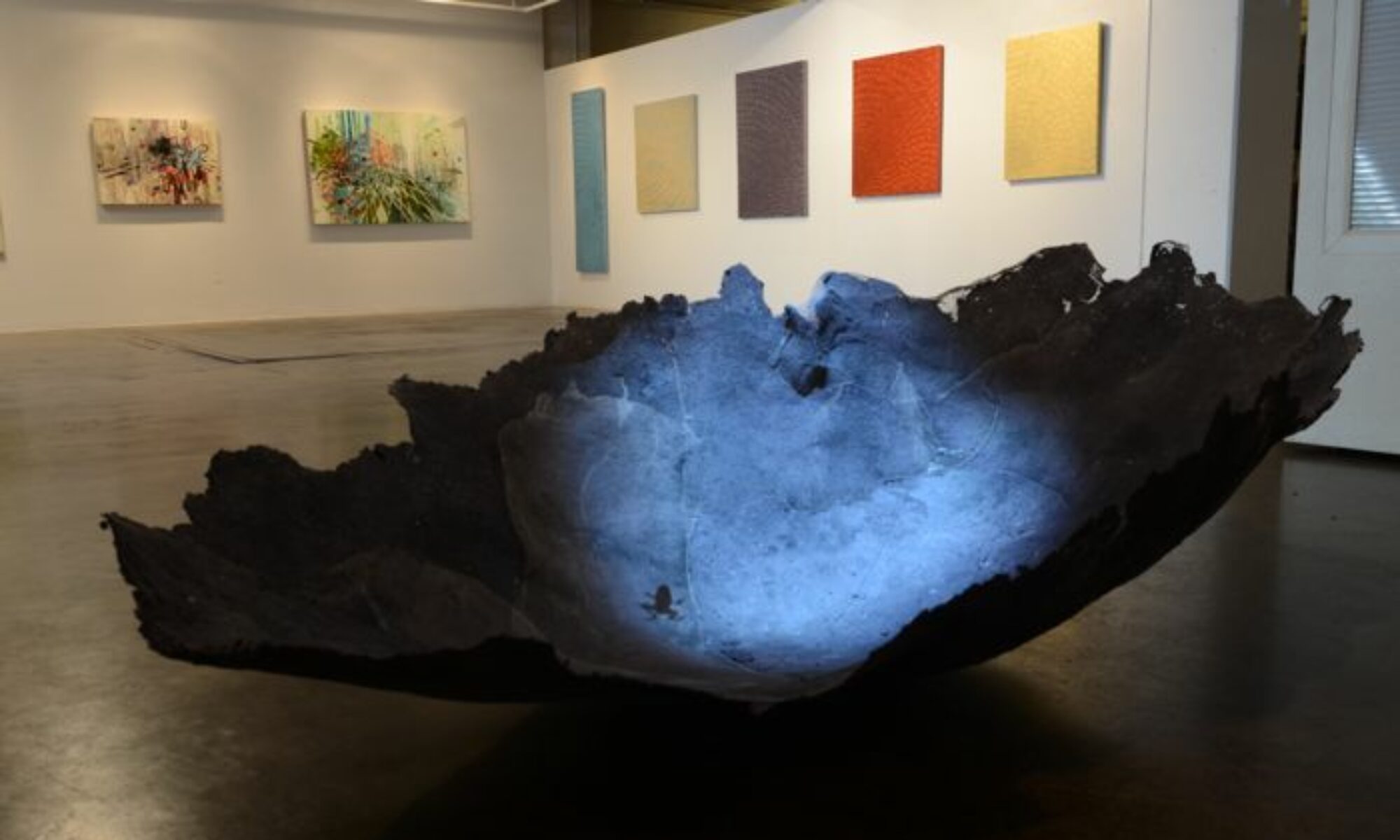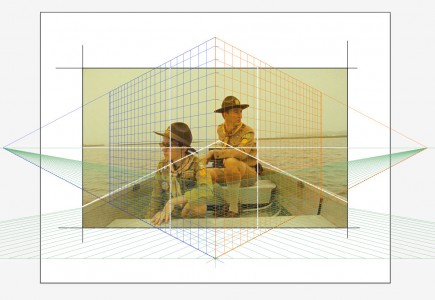Paper presentation:”The Agency of Landscape and Metaphor in Conceptual Illustration”
Shaping the View: Understanding Landscape through Illustration
7th International Illustration Research/ Journal of Illustration Symposium
Edinburgh College of Art

Illustration Instructor at CU Denver, Colorado
Last night, I went to the theatre to see “Moonrise Kingdom.” The story set in 1965, takes place on a New England island called “New Penzance.” The story unfolds after two young characters meet and become pen pals. Suzy runs away from home with her cat, lugging a collection of stolen books and a record player. Sam escapes from scout camp, prepared as a scout would be, to encounter the wilderness. They meet up in a meadow and then embark on a journey with the goal of reaching a secluded cove.
Primarily composed using a strong grid, the rule of thirds, the landscapes in this film depict a controlled, designed vision. Carefully placed characters graphically relate to the horizon line and the vanishing point. The cinematographer set the views almost entirely in one-point perspective, an effect similar to peering into a dollhouse. The camera must have been locked into two contraints. It appeared as if the camera movement was fixed to a rail, moving horizontally and vertically. One-point perspective communicates the feeling of containment in a box. It is a controlled vision of the elements selected for the box. Pieces of ephemera, gallery announcements, special cards and chinese fortunes get stashed away in boxes. The items stowed away in a box eventually become faded, iconic notions of the past. 
Every night in the summer, I try to make time to watch the sunset. The Colorado sky is the perfect venue for seeing dramatic views of color, shape and form. Its ever-changing display eventually reveals a purity of color made possible by the lack of humidity. Juxtaposed against the subtle pinks and grays I see cobalt blues, red and amber oranges dancing in a dramatic display. On the east coast, the sky filled with humidity, has more grays. Viewing the landscape there is like looking through layers of transparent silk. The veils of silk visually knock back elements of the landscape, giving clues to how far away I am from my subject. In Colorado, as the sun sets low in the sky, the conversation ultimately goes to the evaluation of the sunset. I am troubled by the idea of rating a sunset. How can we decide upon the metric? How can something so spectacular be measured? And by what standard? To do this destroys the view. How can we put a number and value on nature? I have decided instead to find qualitative comparisons to the sunset. Right now, I am observing the relationship between what I see, and the qualities observed by landscape painters in history. Is this what Claude Lorrain would have seen in France in the mid 1600’s?